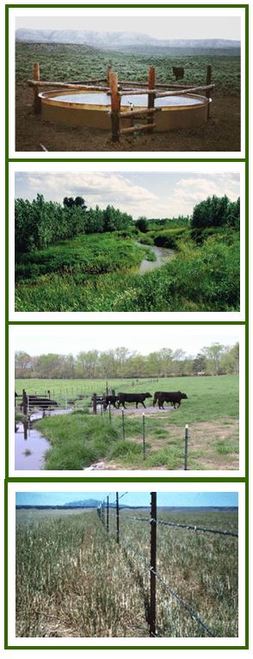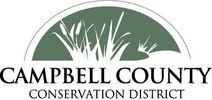
Are you interested in improving your property while benefiting water quality?
Depending on funding availability, CCCD will offer cost-share opportunities to landowners to implement conservation Best Management Practices (BMPs) on their lands.
Past projects have included fencing/stock water development to minimize access to water bodies, relocating corrals or animal feeding areas away from water bodies, or replacing failing septic systems to eliminate accidental sewage discharges.
CCCD encourages landowners with potential projects to contact the office as soon as possible. The District keeps a running list of projects and will pursue cost-share funding opportunities throughout the year.
